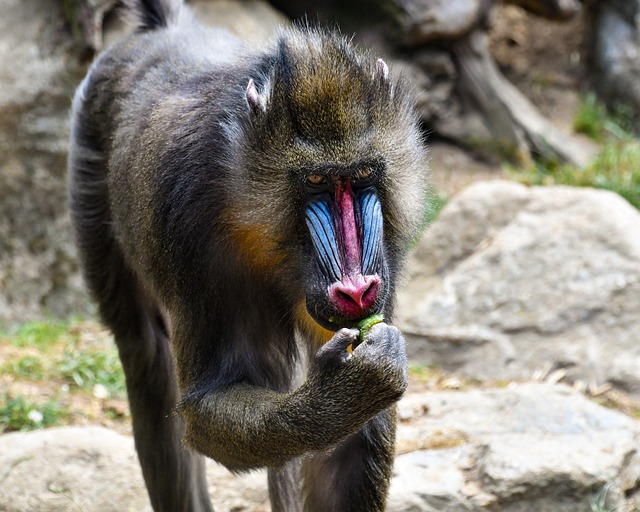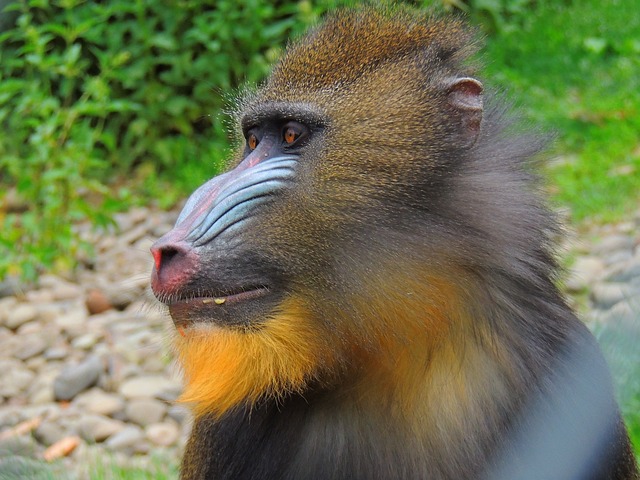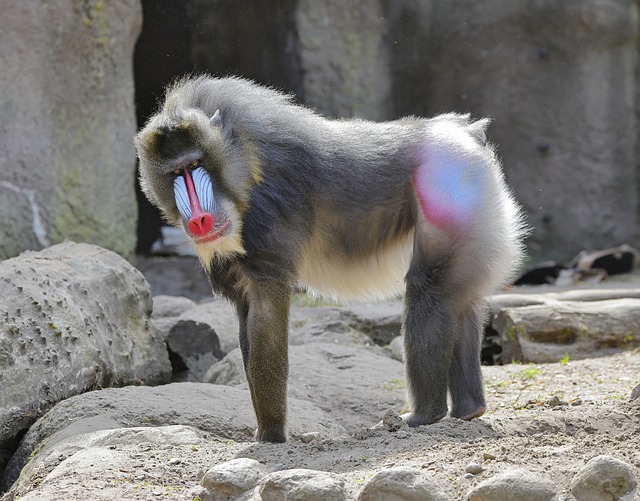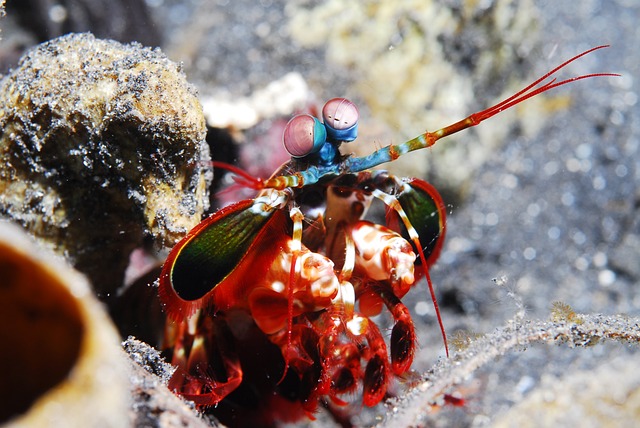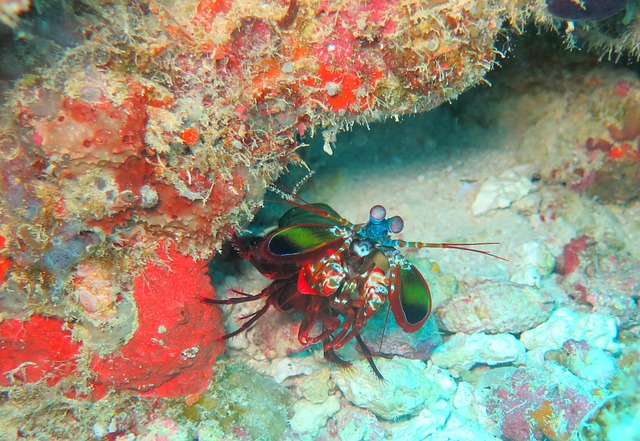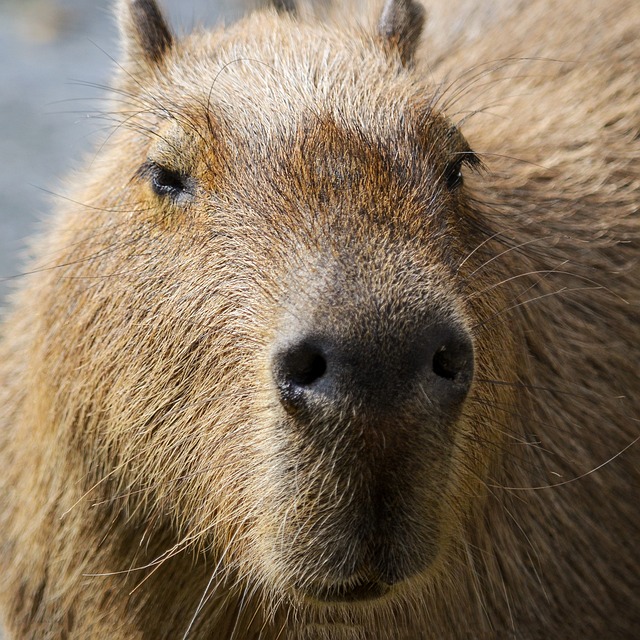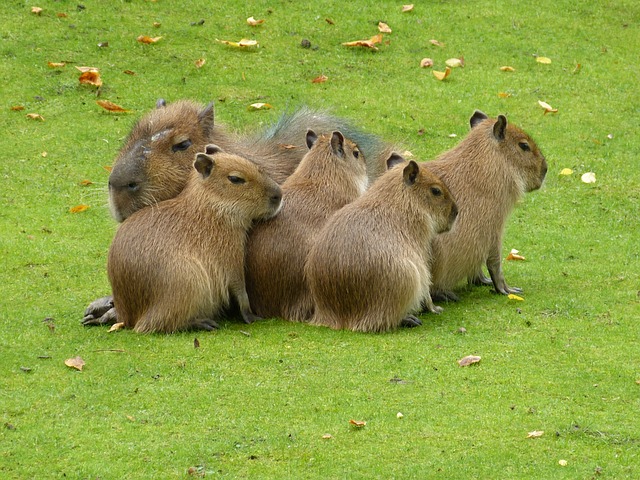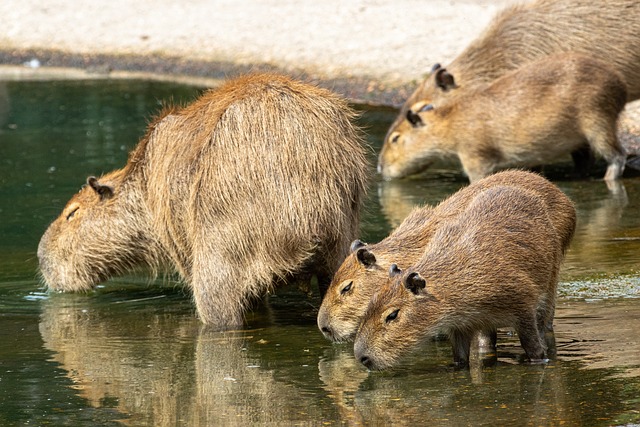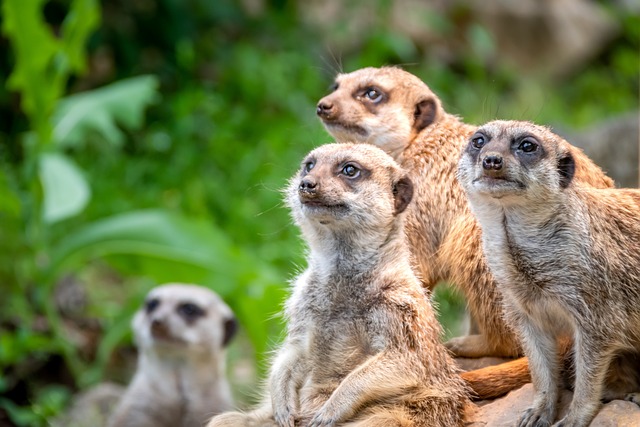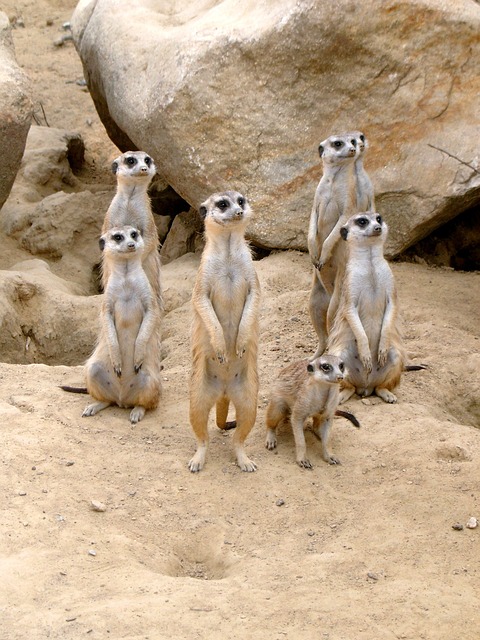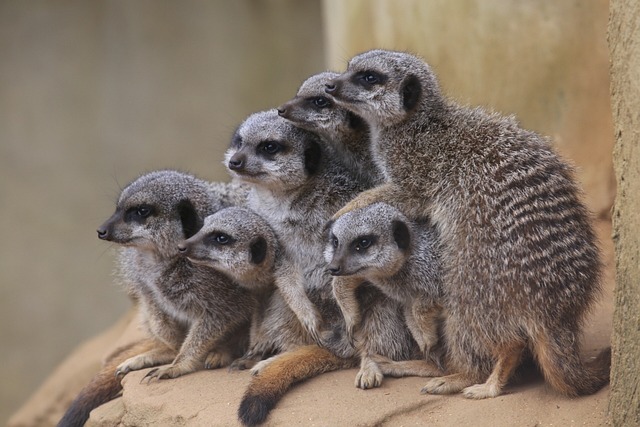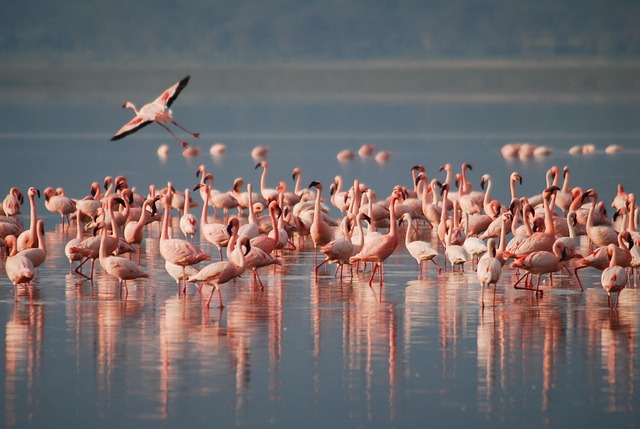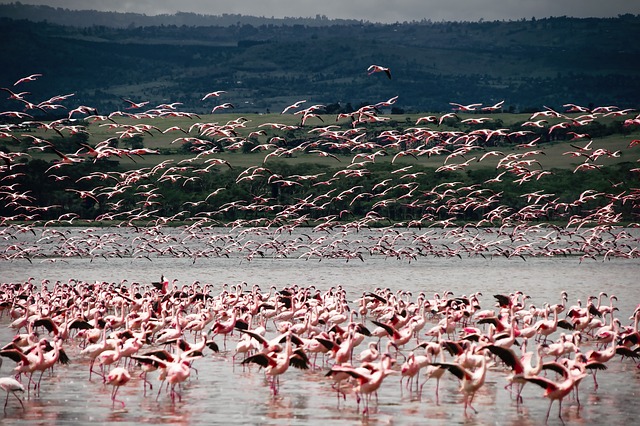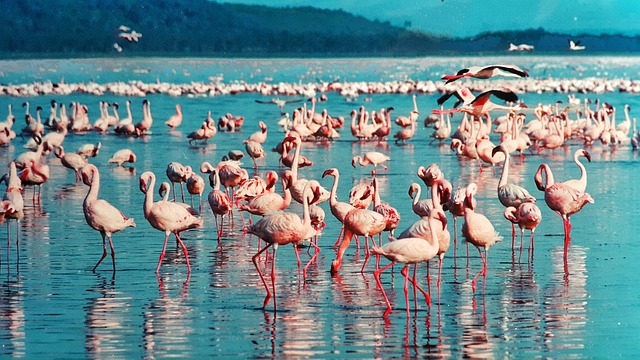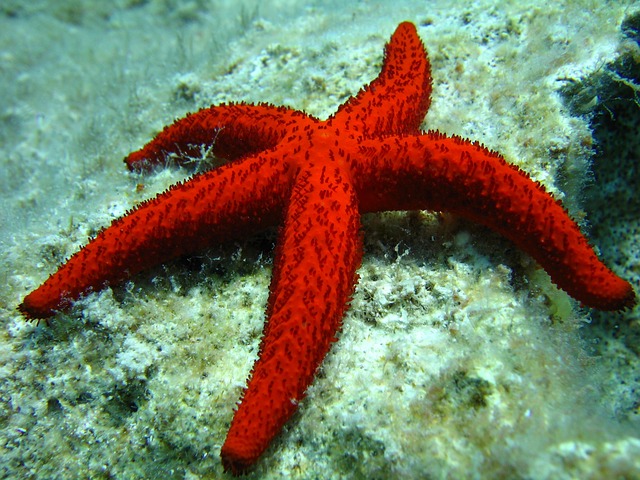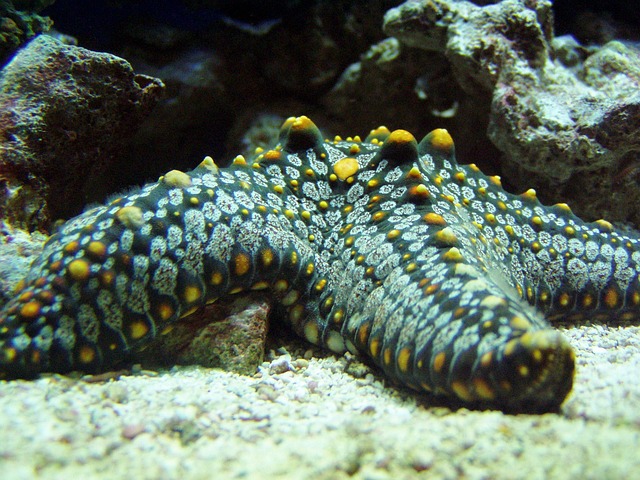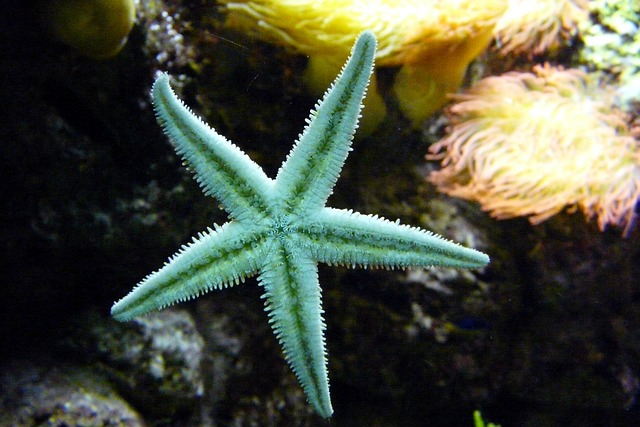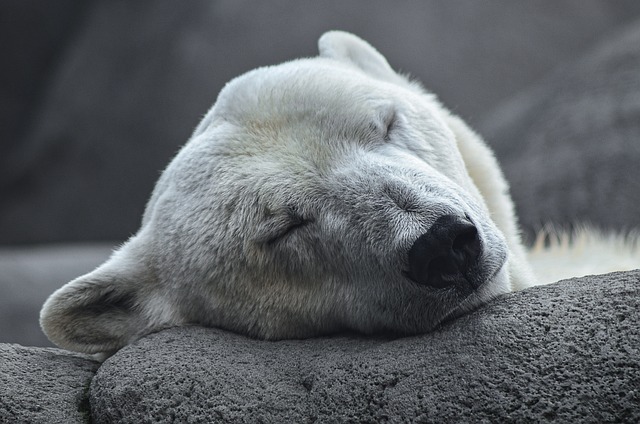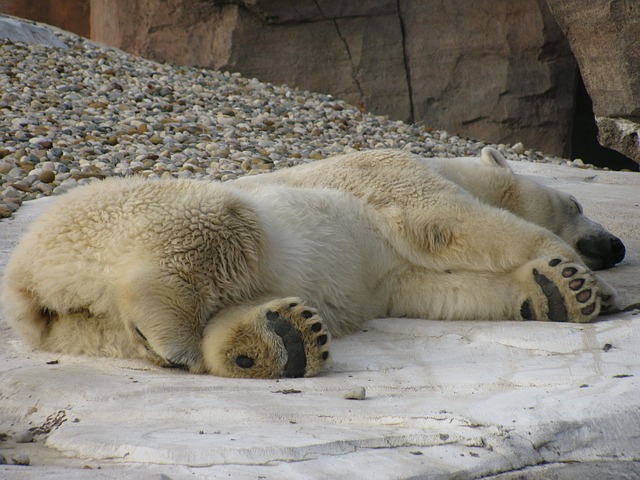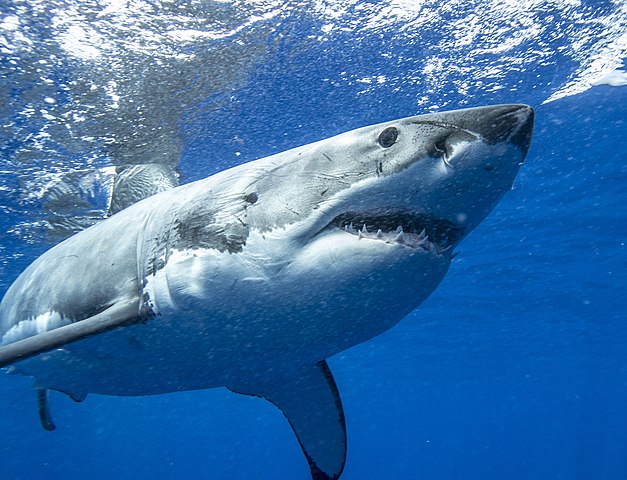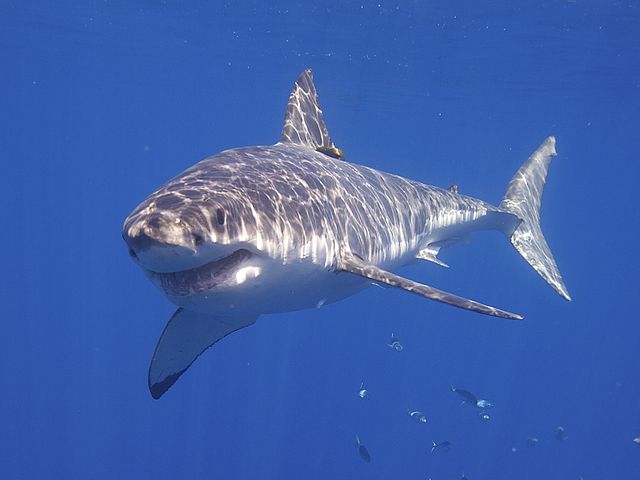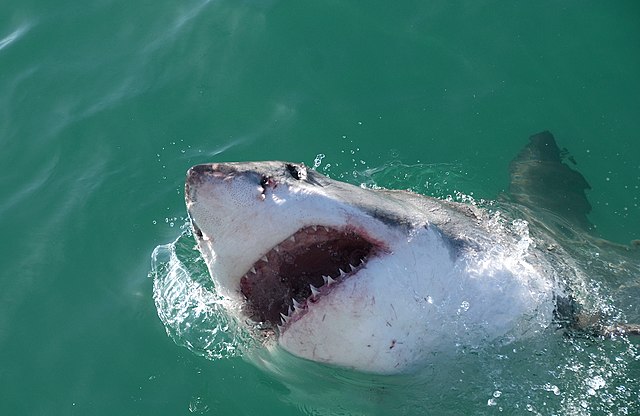Welcome to the mysterious world of the snow leopard, one of the most enigmatic creatures on our planet. These elusive felines roam the rugged and unforgiving mountains of Central and South Asia, but their presence remains a mystery to many. Despite being an iconic species, there is still so much we don't know about these majestic cats.
In this article, we will unravel the mysteries surrounding snow leopards and delve into their fascinating world. We will explore five astonishing facts about snow leopards that will leave you in awe and increase your understanding of these elusive creatures.
So, get ready to discover the secrets and wonders of the snow leopard. Let's begin our journey into the world of these magnificent cats.
The Elusive Snow Leopard
The stunning snow leopard, also known as the “ghost of the mountains,” is a majestic and enigmatic creature that roams the snow-capped peaks of Central and South Asia. These elusive creatures are known for their striking appearance and their ability to thrive in some of the harshest environments on earth. However, despite their iconic status, there is still a lack of knowledge about these elusive creatures, making them even more mysterious.
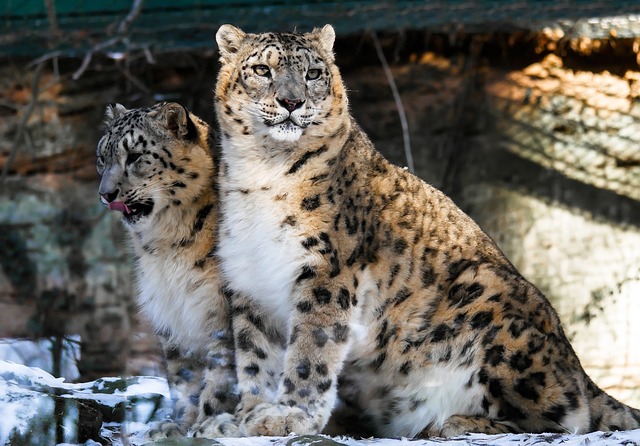
Habitat and Range:
Snow leopards are found in the mountainous regions of Central and South Asia, including countries such as Nepal, India, China, Bhutan, and Russia. They prefer living in the high alpine and subalpine areas, ranging from 3,000 to 5,500 meters in altitude. These areas are characterized by steep slopes, rocky terrain, and sparse vegetation, making it difficult for humans to navigate and track the snow leopards.
Challenges of Studying and Tracking:
One of the main reasons for the limited knowledge about snow leopards is the immense challenge of studying and tracking them. Not only do they live in remote and rugged environments, but they are also incredibly elusive and difficult to spot. Unlike other big cats, snow leopards do not roar, making it harder to locate their presence. They are also highly adaptable and can easily hide from humans, making it challenging to study their behavior and habitat.
Population Estimates:
Due to the difficulties in tracking and studying snow leopards, it is challenging to determine their exact population in the wild. However, it is estimated that there are about 4,000-6,500 snow leopards left in the wild, with the majority of them living in China and Mongolia. Sadly, their numbers have significantly declined due to habitat loss, poaching, and human-wildlife conflict.
Despite their elusive nature, researchers and conservationists have been able to uncover some fascinating facts about snow leopards, shedding light on their amazing adaptations and lifestyle.
Unique Adaptations for Survival:
One of the most astonishing facts about snow leopards is their incredible adaptations for survival in their harsh mountainous environment. Their thick, long fur helps them withstand the freezing temperatures and also serves as camouflage against predators. Their large paws act as natural snowshoes, allowing them to walk on deep snow without sinking. They also have a long, powerful tail that helps them maintain balance while navigating steep slopes. These adaptations have helped snow leopards thrive in their extreme habitat.
Solitary Lifestyle:
Snow leopards are mostly solitary animals, unlike other big cats that live in prides or groups. This solitary nature contributes to their enigmatic status, making it difficult for researchers to study their behavior and social dynamics. However, during the mating season, male and female snow leopards come together to mate and raise their cubs. This is one of the few times when snow leopards are spotted in pairs.
In conclusion, the elusive nature of snow leopards adds to their enigmatic charm, but it also makes it challenging to study and conserve them. The unique adaptations and solitary lifestyle of these majestic creatures make them one of the most fascinating big cats in the world. However, with ongoing conservation efforts and increased awareness, we can hope to unravel more secrets about the enigmatic snow leopard.
Fact 1: Unique Adaptations for Survival
Snow leopards are truly remarkable creatures, perfectly adapted to survive in one of the harshest environments on earth – the high-altitude mountains of Central Asia. In fact, their unique adaptations are one of the key factors that have allowed them to thrive in this challenging landscape for centuries.
One of the most striking features of the snow leopard is its beautiful thick coat. This coat is not only visually stunning, but it also serves as a crucial adaptation for survival. The long, dense fur helps to insulate the snow leopard, protecting it from the freezing temperatures and harsh winds of its habitat. In fact, their fur is so thick that it can keep them warm even in temperatures as low as -40 degrees Celsius!
Another remarkable adaptation of snow leopards is their large, powerful paws. These paws are broad and covered in fur, which helps them to grip the slippery and rocky terrain of their mountain habitat. The paws also act as snowshoes, distributing their weight evenly and preventing them from sinking into the deep snow. This enables them to move swiftly and silently while hunting, giving them a significant advantage over their prey.
In addition to their physical adaptations, snow leopards also possess incredible agility and strength. They are known to be able to leap up to 50 feet in a single bound, making them exceptional hunters and adept at navigating the steep and treacherous terrain of their habitat. They also have a unique ability to turn their heads almost 180 degrees, allowing them to scan their surroundings for potential prey or predators.
Another fascinating adaptation of snow leopards is their large nasal cavities and well-developed chest muscles. These adaptations help them to breathe more efficiently in the thin air of their high-altitude habitat, where oxygen is scarce. This enables them to hunt and move around at high altitudes without getting exhausted quickly.
The unique adaptations of snow leopards not only help them to survive but also make them highly efficient and effective predators. Their thick coat, powerful paws, and incredible agility give them an advantage over their prey, which includes wild sheep and goats. They are also able to hunt and take down larger animals, such as deer and ibex, when necessary.
Despite their many adaptations, snow leopards still face many challenges in their environment. Climate change and human activities such as poaching and habitat destruction are significant threats to their survival. However, their unique abilities continue to help them thrive in their harsh mountain habitat, making them one of the most enigmatic and awe-inspiring creatures in the world.
In conclusion, the unique adaptations of snow leopards have allowed them to thrive in their extreme habitat for centuries. From their thick coat and powerful paws to their incredible agility and efficient breathing, every aspect of their physicality is perfectly suited for survival in the high-altitude mountains. These adaptations not only make them efficient hunters but also contribute to their enigmatic status, as they continue to fascinate and amaze us with their abilities.
Fact 2: Solitary Lifestyle
The snow leopard is often referred to as the “ghost of the mountains” due to its elusive and solitary nature. Unlike most big cats, snow leopards live a solitary lifestyle, only coming together to mate and raise offspring. This unique behavior adds to their enigmatic status, making them a mysterious and intriguing species.
Snow leopards are found in the high-altitude mountain ranges of Central and South Asia, including the Himalayas and the Tibetan Plateau. They have a vast range of habitat, spanning over 12 countries and covering over 2 million square kilometers. However, despite their widespread range, they are incredibly difficult to study and track due to their solitary nature and remote habitat.
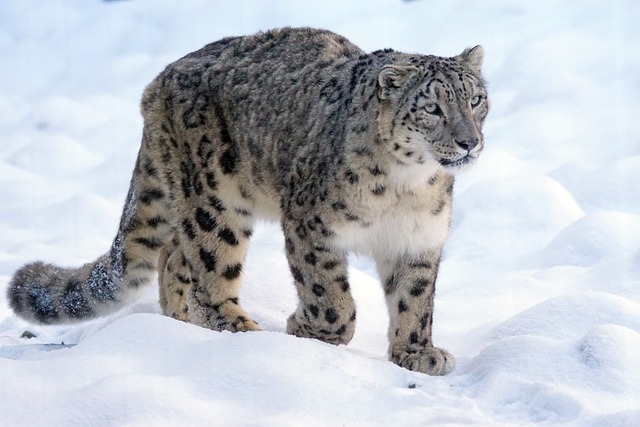
One of the main challenges of studying snow leopards is their elusive behavior. They are highly secretive creatures that prefer to stay hidden and avoid human contact. Their habitat is often rugged and harsh, making it challenging for researchers to access and study. Additionally, snow leopards have excellent senses and can detect human presence from a distance, making it even more challenging to observe and study them in their natural habitat.
Estimating the population of snow leopards is also a challenging task due to their solitary lifestyle and remote habitat. However, it is believed that there are only about 4,000-6,500 snow leopards left in the wild. This population number puts them on the endangered species list, facing threats such as habitat loss, poaching, and climate change.
The solitary lifestyle of snow leopards is not just a result of their natural behavior; it is also a survival strategy. As ambush predators, they rely on stealth and surprise to catch their prey, which is often much larger than themselves. By living alone, they can reduce the competition for food and avoid confrontation with other predators.
However, there are exceptions to their solitary lifestyle, especially during mating season. During this time, male and female snow leopards will come together for a brief period to mate. After this, they will go their separate ways, with the female raising the cubs alone. This behavior also helps prevent inbreeding and ensures the survival of the species.
The solitary lifestyle of snow leopards has also led to several adaptations that help them survive in their harsh mountain environment. For example, they are incredibly agile and can traverse steep cliffs and rocky terrain with ease. They also have large paws, which act as snowshoes, allowing them to walk on top of deep snow without sinking.
In conclusion, the solitary lifestyle of snow leopards is a unique and essential aspect of their enigmatic nature. It is a survival strategy that has allowed them to thrive in the harsh and remote mountain environment. While it may make them challenging to study and track, it adds to the intrigue and mystery surrounding these magnificent creatures.
Fact 3: Masters of Camouflage
Snow leopards are known for their mysterious and elusive nature, making them one of the most enigmatic creatures in the world. One of the main factors contributing to this reputation is their mastery of camouflage. These majestic cats have evolved to blend into their surroundings so well that they can easily disappear from sight, making them extremely difficult to spot and study in the wild.
Their coat, which is a beautiful combination of white, gray, and yellowish-brown fur, serves as the perfect camouflage in their mountainous habitat. The pale coloration of their coat allows them to blend in with the snowy landscape, making them almost invisible to their prey and predators. This adaptation not only helps them to hunt more efficiently but also to avoid potential threats.
However, their coat is not the only tool in their camouflage arsenal. Snow leopards also have unique markings called “rosettes” on their fur, which resemble the shape of a rose. These markings break up their outline, making it harder for predators to spot them. The combination of their coat color and rosettes allows them to blend seamlessly into their rocky surroundings, making it nearly impossible for other animals to detect them.
Not only do snow leopards have physical adaptations for camouflage, but they also have behavioral strategies to avoid detection. These elusive cats are masters of stealth and prefer to hunt at dawn and dusk, when their preferred prey is also active. They use their excellent vision and silent movements to get close to their prey without being noticed. This behavior, combined with their perfect camouflage, makes them highly efficient hunters.
The camouflage abilities of snow leopards are not limited to their coat and behavior. They also have a unique ability to change the color of their fur. During the winter months, their coat thickens and becomes lighter in color to provide better insulation in the cold, snowy environment. In the summer, their coat sheds and becomes shorter and darker to help them blend in with their surroundings. This adaptation allows them to stay hidden and protected in different seasons, making them true masters of camouflage.
Their incredible camouflage skills are not just used for hunting, but also for avoiding potential predators. As solitary animals, snow leopards must constantly be on the lookout for other predators that may pose a threat to their survival. Their ability to blend in with their surroundings allows them to avoid confrontations with other animals and stay hidden when necessary.
In conclusion, snow leopards are truly masters of camouflage, using both physical and behavioral adaptations to blend in with their environment and remain hidden from predators and prey. Without this incredible ability, they would not be able to survive in their harsh and rugged habitat. As we continue to learn more about these elusive creatures, it is crucial that we also work towards protecting their habitat and ensuring their survival for generations to come.
Fact 4: Prey and Predators
The snow leopard, also known as the “ghost of the mountains,” is a top predator in its ecosystem. They are known for their stealthy hunting skills and their ability to take down prey much larger than themselves. They primarily feed on wild sheep and goats, but they are also known to hunt smaller animals such as marmots, pikas, and birds.
Their main prey, the wild sheep and goats, are highly adapted to their mountainous environment. They have strong hooves that can grip onto steep cliffs, allowing them to escape from predators. However, this does not stop the stealthy snow leopard from successfully hunting them. These majestic cats are incredibly agile and can leap up to 30 feet in one bound, making them formidable hunters.
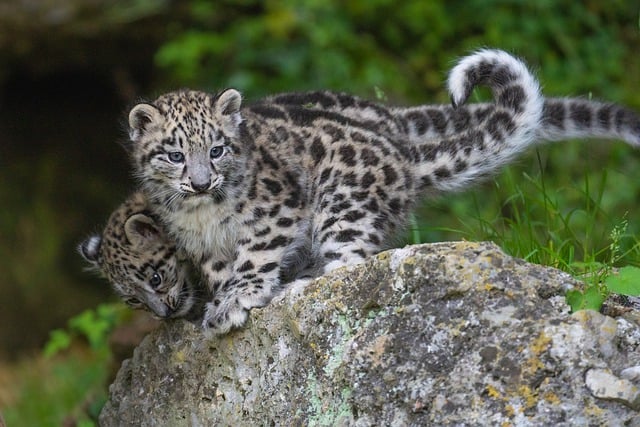
Snow leopards are solitary animals and do not hunt in packs like other big cats such as lions and tigers. They are mostly active at night, making them even harder to spot in their natural habitat. They use their exceptional camouflage abilities to blend in with their surroundings and surprise their prey.
Their prey animals are not the only threats to snow leopards. They also face competition from other predators such as wolves and humans. Wolves are known to target snow leopard cubs, and their presence can also drive away potential prey animals from the area. Humans, on the other hand, pose a more significant and more complex threat to snow leopards.
One of the main reasons for the decline in snow leopard populations is human activities. Illegal poaching for their fur, bones, and other body parts remains a significant threat to these animals. Snow leopards are also killed by herders and farmers who see them as a threat to their livestock. This human-wildlife conflict is a significant challenge for conservationists trying to protect these beautiful creatures.
Conservation efforts for snow leopards have been ongoing for decades, but their elusive nature and the rugged terrain they inhabit make it challenging to study and protect them. However, various organizations and governments have come together to implement initiatives to conserve and protect these majestic animals.
One notable initiative is the Snow Leopard Trust, which works with local communities to monitor snow leopard populations, reduce human-wildlife conflict, and promote sustainable livelihoods. They also work to raise awareness and educate people about the importance of protecting these animals.
In addition to these efforts, the Snow Leopard Trust also supports anti-poaching patrols and works with local governments to establish protected areas for snow leopards. These conservation efforts, along with stricter laws and enforcement, have shown promising results in some areas, with an increase in snow leopard populations.
In conclusion, the snow leopard's status as a top predator in its ecosystem, its solitary lifestyle, and its incredible hunting and camouflage abilities make it an enigmatic creature. However, they face numerous threats, primarily from humans, which have led to their endangered status. Through conservation efforts and raising awareness, hopefully, we can continue to unravel the mystery of these elusive and astonishing animals and ensure their survival for future generations.
Fact 5: Conservation Efforts
Snow leopards have long been considered an endangered species due to various factors such as habitat loss, poaching, and human-wildlife conflict. As their population continues to decline, conservation efforts have become crucial in ensuring the survival of these elusive creatures. In this section, we will explore the current state of snow leopard conservation and the initiatives being taken to protect these majestic animals.
The Endangered Status of Snow Leopards:
According to the International Union for Conservation of Nature (IUCN), snow leopards are classified as “vulnerable,” with an estimated population of less than 10,000 individuals in the wild. The main threats to their survival include habitat loss due to human activities such as mining and infrastructure development, retaliatory killings by farmers protecting their livestock, and illegal hunting for their fur and body parts. These threats, combined with their low reproductive rate and large home range, make it challenging for snow leopards to recover their population numbers.
Efforts to Conserve and Protect Snow Leopards:
Several conservation organizations, governments, and local communities have come together to implement various initiatives to protect snow leopards. One such initiative is the Global Snow Leopard and Ecosystem Protection Program (GSLEP), a joint effort by 12 snow leopard range countries to conserve and manage the species and its habitat. The program aims to achieve a 20% increase in the population of snow leopards by 2020.
Other organizations such as the Snow Leopard Trust and the World Wildlife Fund (WWF) also work towards snow leopard conservation by conducting research, implementing anti-poaching measures, and promoting sustainable livelihoods for local communities. These efforts not only help protect snow leopards but also benefit the communities living in their habitat by providing alternative sources of income and reducing human-wildlife conflict.
Success Stories:
Thanks to these conservation efforts, there have been some success stories in snow leopard conservation. One such story is the increase in the population of snow leopards in the South Gobi region of Mongolia. The WWF's conservation work in the area has resulted in a 21% increase in the snow leopard population in just five years. Similarly, the efforts of the Snow Leopard Trust and local communities in the Tost Mountains of Mongolia have led to a significant decrease in human-snow leopard conflict.
Ongoing Initiatives:
The conservation work for snow leopards is an ongoing effort, and there are several ongoing initiatives to protect and conserve these elusive creatures. For instance, the GSLEP's Snow Leopard Landscape Conservation Plans aim to identify and protect key snow leopard habitats and promote sustainable development in these areas. Similarly, the WWF's Snow Leopard Protectors Program trains local communities to monitor and protect snow leopards, while also providing them with opportunities for economic development.
In conclusion, the effort to conserve and protect snow leopards is a complex and ongoing process that requires collaboration from various stakeholders. While there have been some success stories, the threats to snow leopards continue to persist, and it is crucial to continue these conservation efforts to ensure the survival of these enigmatic creatures. We must also take individual responsibility by supporting sustainable tourism and avoiding products made from snow leopard parts to help in their conservation. Together, we can make a difference in protecting these magnificent animals for generations to come.

